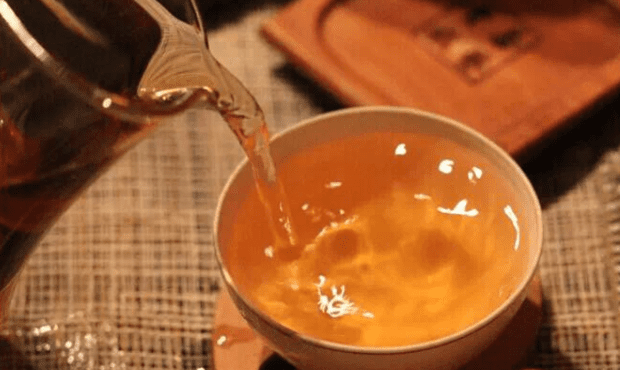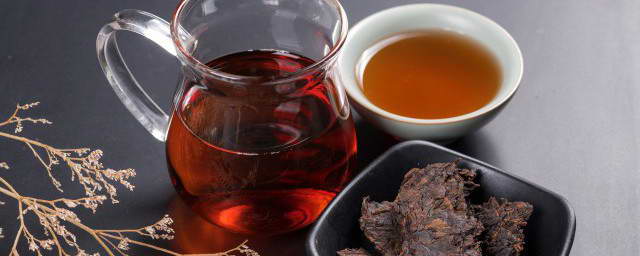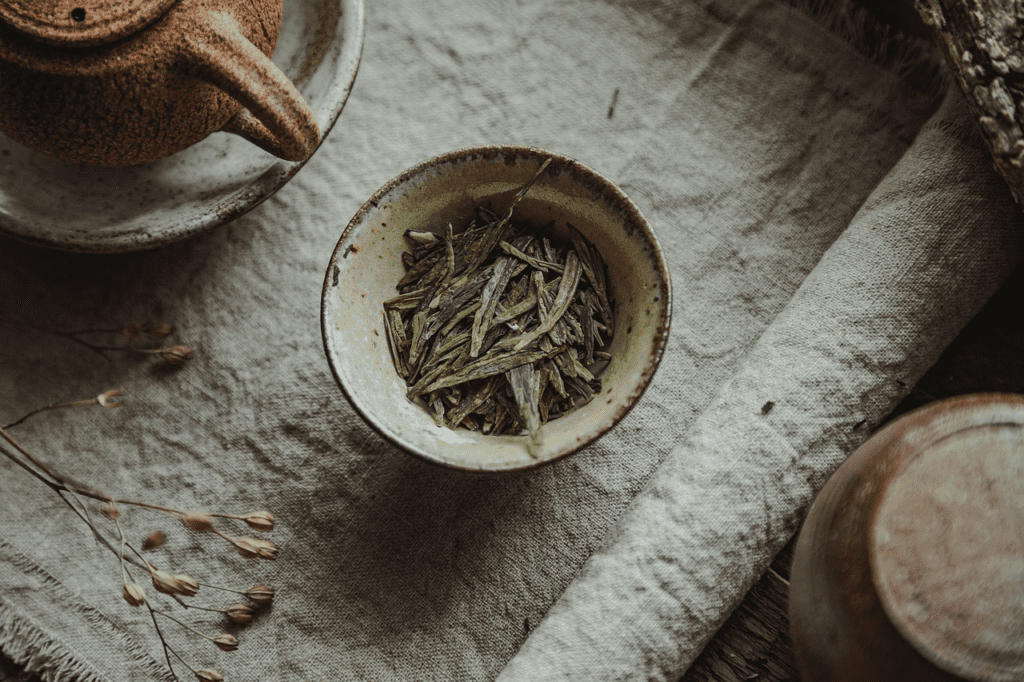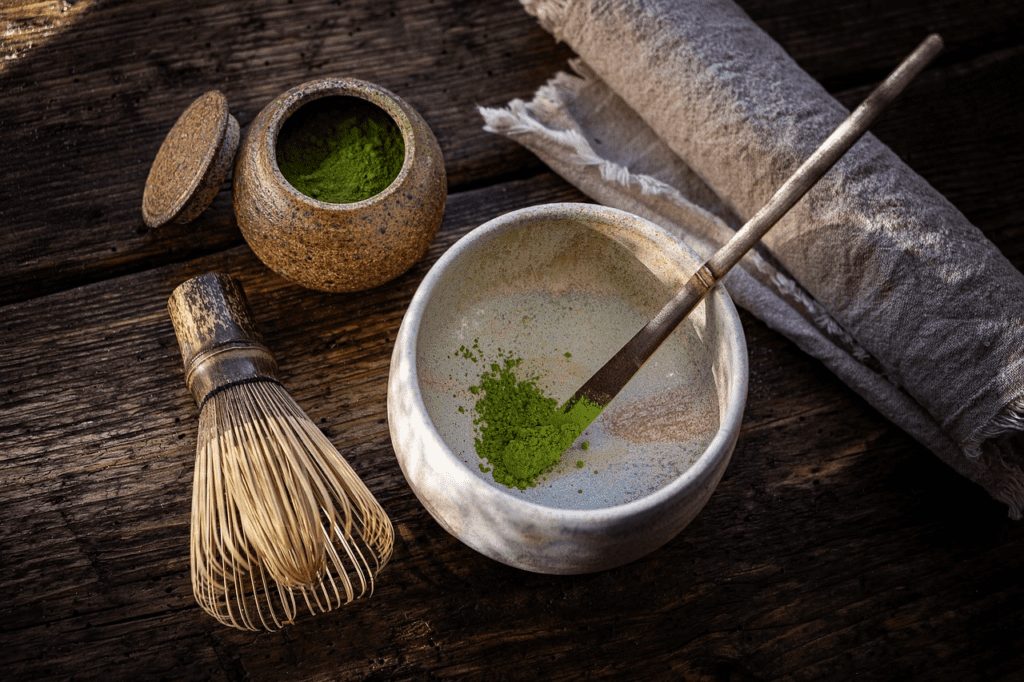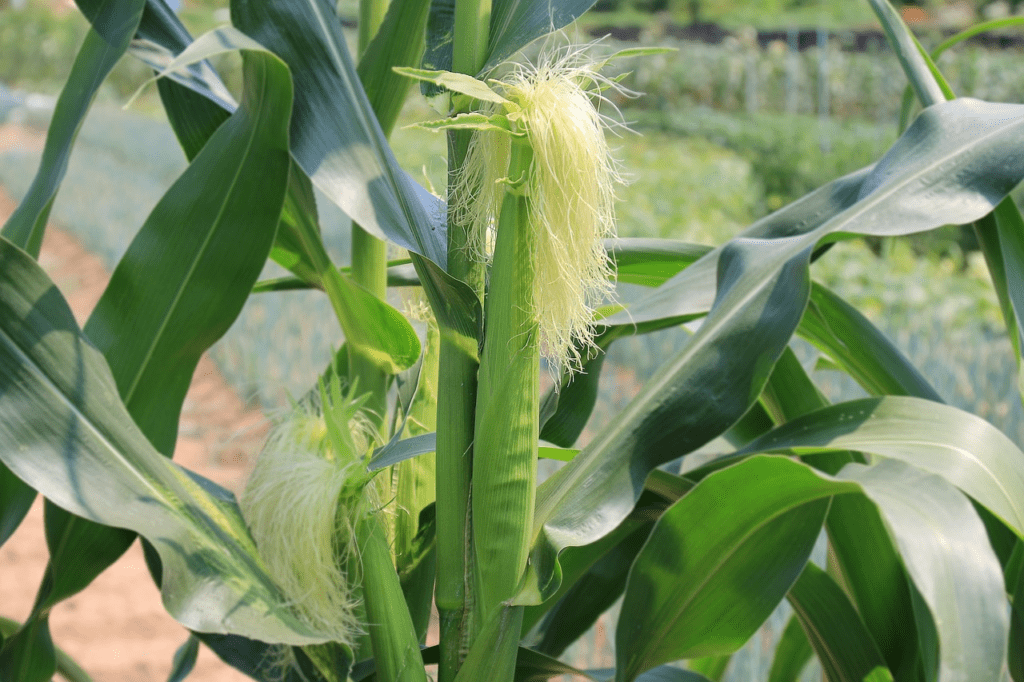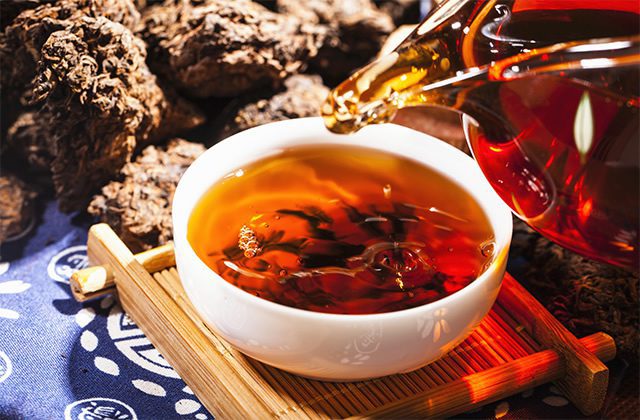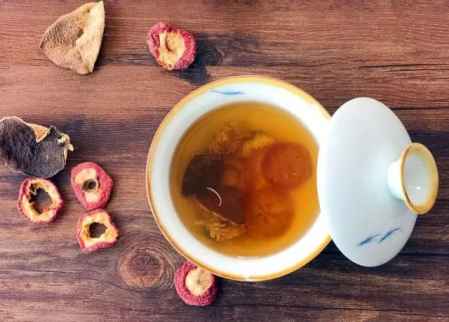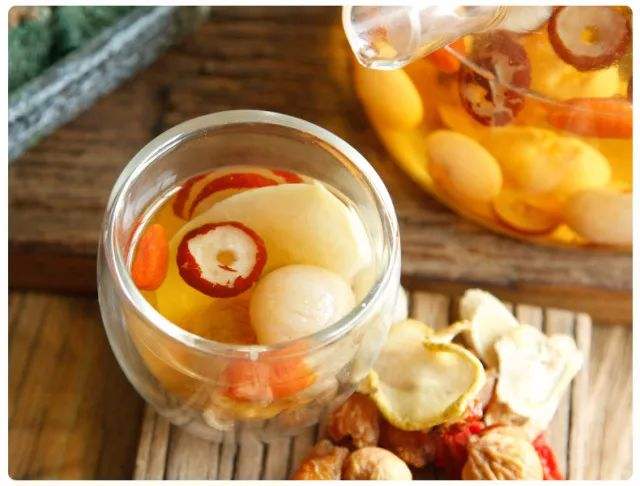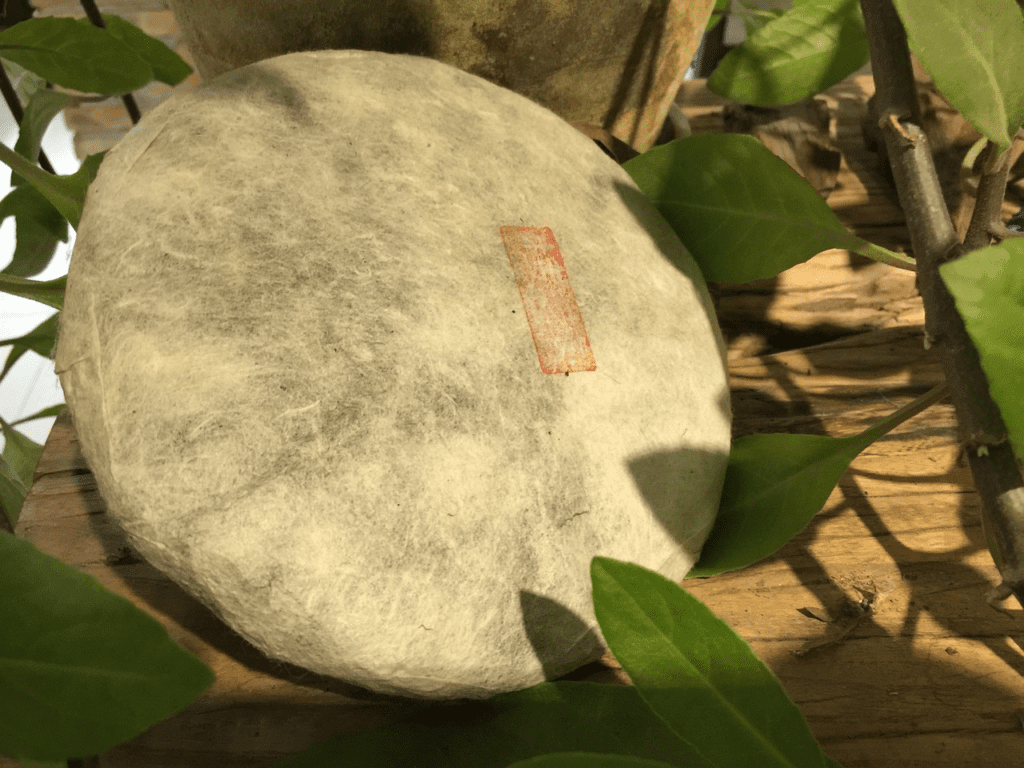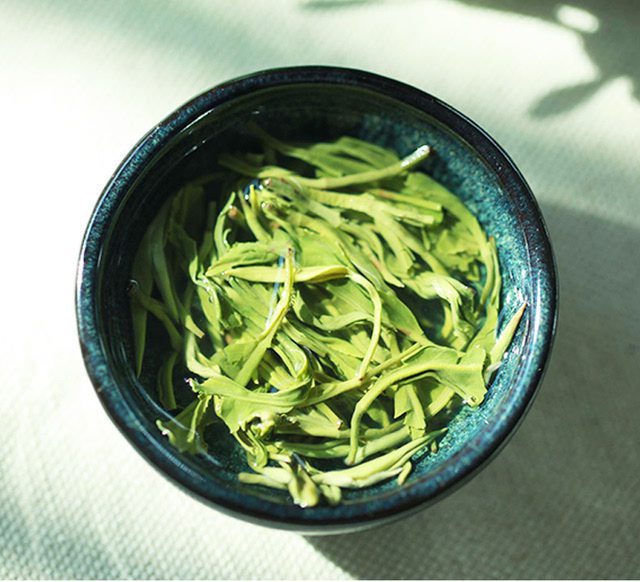Black tea, as an important member of the world's tea categories, is loved by tea lovers around the globe for its unique aroma and flavor. The production process of black tea is relatively complex, but can be summarized into four key steps: withering, kneading, fermentation and drying. This article will introduce these four steps in detail to help you better understand the production process of black tea.
1. Withering: the first step in initiating black tea production

Withering is the first step in the production of black tea, and it is also the key moment to determine the quality of black tea. In this process, the freshly picked tea leaves are evenly spread out in the withering tank or withering room, where the water in the tea leaves is gradually evaporated and the leaves are softened, either naturally or artificially. This step helps to change the internal chemical composition of the tea leaves, laying the foundation for the next steps of twisting and fermentation.
2. Kneading: Shaping the black tea form

Kneading is the second step in the production of black tea. It physically changes the shape of the tea leaves, causing them to curl, thus increasing the surface area of the tea leaves and facilitating the subsequent fermentation process. Twisting also promotes the chemical reaction within the tea leaves, which helps to form the unique aroma and flavor of black tea.
3. Fermentation: giving black tea its unique aroma

Fermentation is one of the most critical steps in the production of black tea, which controls the temperature and humidity to oxidize the tea leaves for a certain period of time, forming the characteristic reddish soup color and sweet taste of black tea. During the fermentation process, the chemical composition of the tea leaves undergoes significant changes, resulting in the production of a variety of aroma substances, which are the main source of the unique flavor of black tea.
4. Drying: locking in the quality of black tea

Drying is the final step in the production of black tea. The purpose of drying is to remove the remaining water in the tea leaves to prevent further fermentation, while further developing and fixing the aroma of the tea leaves by treating them at high temperatures. After drying, black tea can be stored for a long time without losing its flavor.
Other considerations for the black tea making process
In addition to the four main steps mentioned above, the process of making black tea requires attention to the following points:
- Timing of picking: The timing of picking has an important impact on the quality of black tea, and is usually chosen in the morning when the weather is sunny.
- Tea Grading: During the production process, the tea leaves need to be graded to ensure the quality and consistency of the finished tea.
- Packaging and Storage: The finished black tea needs to be properly packaged and stored to prevent the tea from getting damp or absorbing odors.
The production process of black tea is a fine art, which involves precise control of several links. Understanding the production process of black tea can not only help us better appreciate and taste black tea, but also enhance our knowledge and understanding of tea culture.





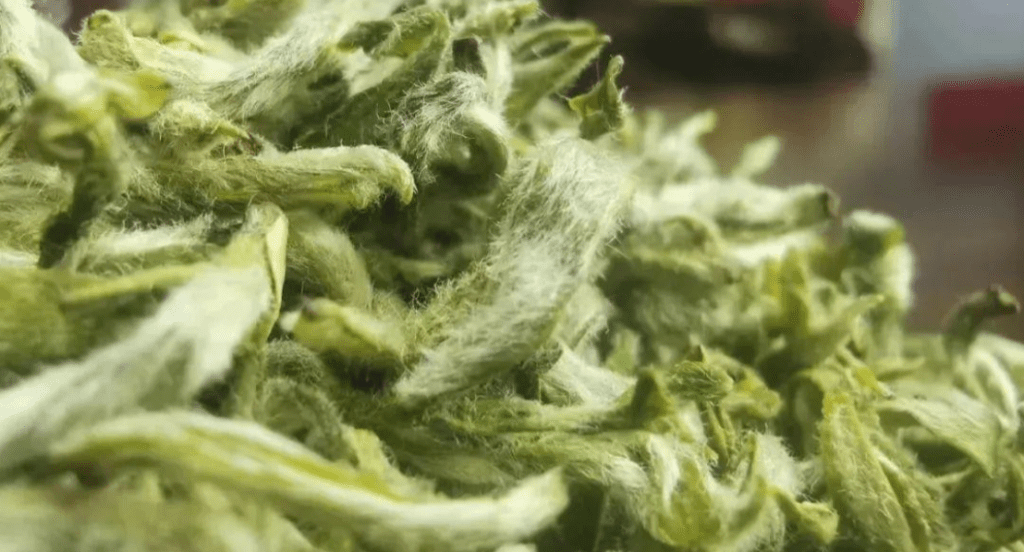

![How to Stir-Fry Tea? [Hands-on Teaching of Stir-Frying Tea] The whole process of making homemade tea from picking to finished products How to Stir-Fry Tea? [Hands-on Teaching of Stir-Frying Tea] The whole process of making homemade tea from picking to finished products](https://www.youjianchashan.com/wp-content/uploads/2024/06/d2b5ca33bd20240608101514-1024x683.png)
